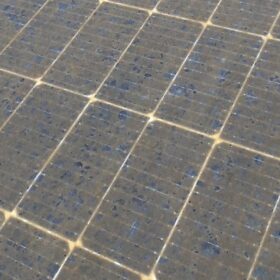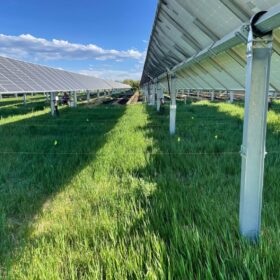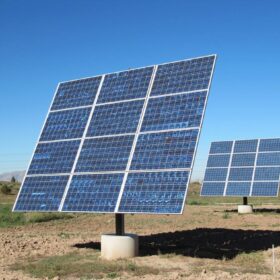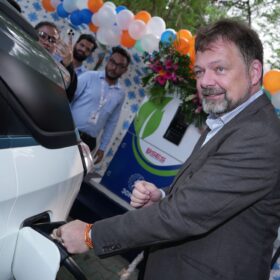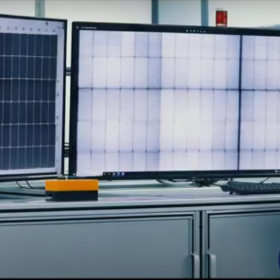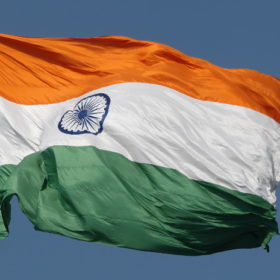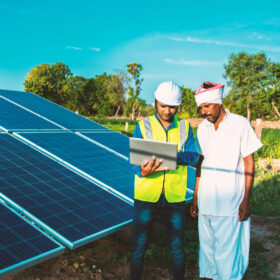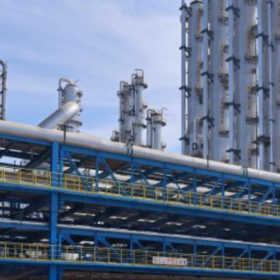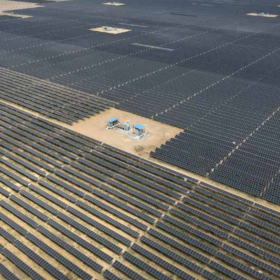Chemitek offers metal oxides removal agent for PV panels
The Portugal-based company has developed a metal oxides removal agent product for PV installations located near foundries, steelworks and metal ore mines.
ICRA upgrades Tata Power to AA+ with Stable outlook
The ratings upgrade takes into account Tata Power’s healthy operating and financial performance driven by the diversified business profile, superior operating efficiencies, and long-term offtake agreements for the generating portfolio.
Oriana Power secures 25 MWp agrivoltaic project under group net metering in Delhi
Oriana Power has secured the order to set up a 25 MWp agrivoltaic plant for offtake by a real estate developer under group net metering policy in Delhi. This project is set to become the largest agrivoltaic installation in India, combining solar power generation with large-scale farming.
Google invests in Taiwanese solar developer New Green Power
Google has made a capital investment in Taiwan-based New Green Power, in a deal that grants the US company the rights to procure up to 300 MW of solar assets.
Schneider Electric inaugurates climate smart villages in Jharkhand
Schneider Electric, in collaboration with non-governmental organization PRADAN, implemented 40 kW and 45 kW solar arrays with Internet of Things (IoT)-enabled smart power management systems in Sehal and Chatti villages of Jharkhand. This system ensures 100% capacity utilization of the solar panels by diverting power to different loads based on demand, benefitting the 110 families in the two villages.
BirdBlocker unveils bird-proofing solutions for rooftop PV at Intersolar
Dutch company offering bird-proofing solution for solar installations expands its range with a trio of launches – with high hopes that its business can take flight on commercial rooftops.
Delhi’s Hauz Khas gets grid-connected solar-powered EV charging station
The project was conceptualized by National Solar Energy Federation of India (NSEFI) and Delhi electricity distribution company BSES to demonstrate a model concept for solar net-metering combined with EV fast charging.
Bluebird Solar supplies PV modules for C&I project in Rajasthan
Bluebird Solar has supplied 3.38 MW of PV modules for a commercial & industrial (C&I) solar project located in Bhiwadi district of Rajasthan. Orb Energy has installed the project for C&I client Hi-Tech Gears.
Delhi’s peak power demand grew 3.8 times faster on hot and humid days than on moderate days in the last 12 months: IEEFA
Also, hot and humid days nearly doubled in the 12-month period till June 22, 2024 compared to the corresponding period in 2022-23, according to a new briefing note by the Institute for Energy Economics and Financial Analysis (IEEFA).
Guide to solar development under PM-KUSUM Scheme
Achieving and maintaining a capacity utilization factor (CUF) of 19% over 25 years without deration is feasible through careful selection of high-efficiency, low-degradation solar panels, and implementing robust design, maintenance, and monitoring strategies. By following the guidelines provided in this article, developers can ensure compliance with PM-KUSUM scheme and achieve sustainable, long-term performance of their solar power plants.
